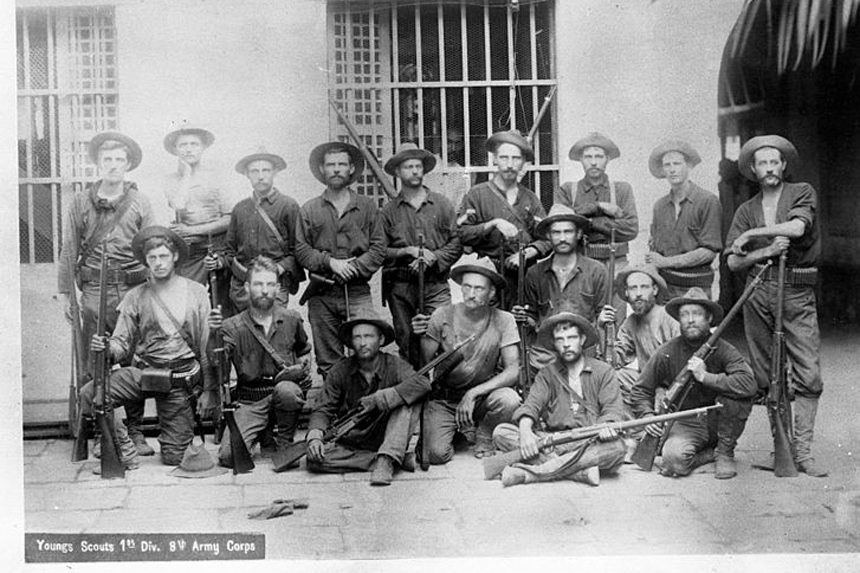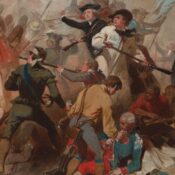Since 1775, the U.S. has fought more than 100 wars. Some — our Revolutionary War, Civil War, and World Wars — have shaped our national character. Others have become historical footnotes, with no special holidays, school assemblies, or mentions in the news. Here are seven American wars, interventions, or actions that have been largely forgotten.
1. The Aroostook War (1838–1839)
In 1838, the U.S. and United Kingdom were disputing the border between New Brunswick colony and the state of Maine. Both sides arrested lumberjacks whom they said were harvesting trees on the wrong side of the border. Both sides called out their militias, but the issue was settled diplomatically. There were no casualties, although two British soldiers were injured by a bear.

2. The Quasi War (1798–1800)
The United States was still repaying French war loans from the American Revolutionary War when the that nation’s government was overthrown and King Louis XVI was executed in 1793. The U.S. government said the French Revolution had voided the loan agreement and stopped payment. America also rescinded its diplomatic and commercial treaties with France. France retaliated by sending privateers to attack merchant ships in American waters. Over the next two years, the American Navy engaged French ships, mostly in the West Indies. The Navy attacked and defeated several French vessels, freed some of the captured American ships, and captured 80 French ships.
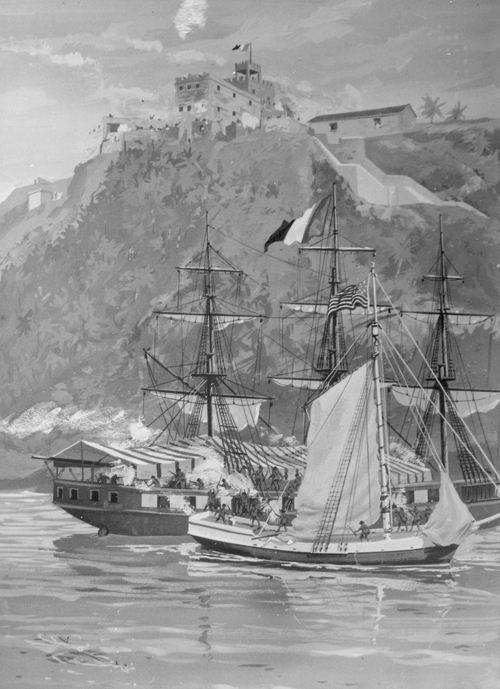
By 1800, diplomatic relations with France had improved, and an agreement was reached that bound the United States to remain neutral in the long war between England and France. More than 300 American ships were captured, 82 Americans killed, and 84 wounded.
3. The U.S. Occupation of Nicaragua (1912–1933)
In 1912, Nicaragua was descending into chaos as conservative and liberal factions fought for control of the government. The American embassy in Managua requested help from Washington to protect American people and property.
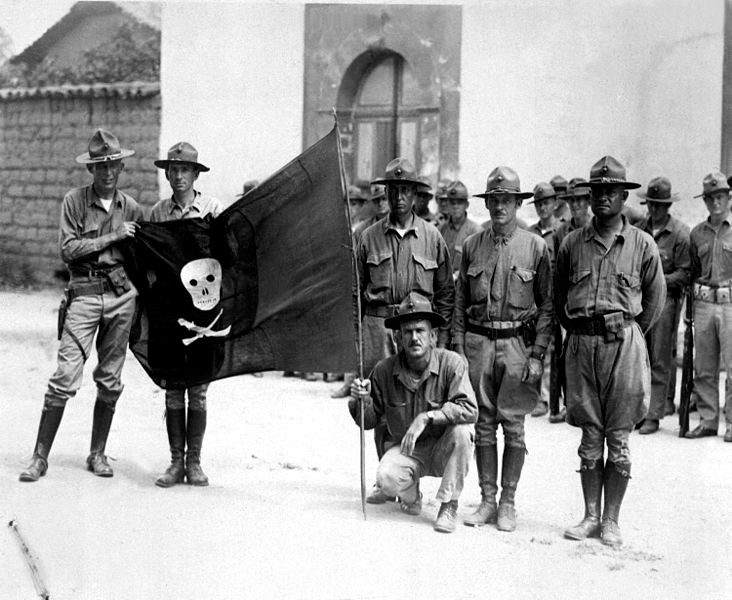
In August of 1912, the U.S. sent 500 soldiers into the country to protect U.S. citizens, the American legations, key railroads, and U.S. business interests, as well as to restore stability. The insurgence collapsed when American forces captured last rebel stronghold. For 15 years, the Nicaraguan government remained stable, though American marines remained in the country to maintain order, and the U.S. managed the country’s financial system. But in 1927, civil war returned to Nicaragua. When forces of the Nicaraguan government were defeated, the U.S. sent 2,000 troops into the capital, where they remained until a new presidential election could be held. More than 140 Americans were killed.
4. The China Relief Expedition, or Boxer Rebellion (1900)
A strong nationalist movement emerged in China at the turn of the century. Across the country, members of the “Fists of Righteous Harmony,” nicknamed “Boxers,” rose up to drive out foreign colonizers. In Beijing, over 3,500 foreigners fled from angry mobs into the foreign legation compound, where they remained under siege for nearly two months. The U.S. dispatched 2,500 American soldiers to join a multinational force from eight nations heading to their rescue. At the outskirts of Beijing, Americans scaled a wall outside the city to clear a path for other nations’ forces to enter and ended the siege. More than 100 Americans were killed in this action.
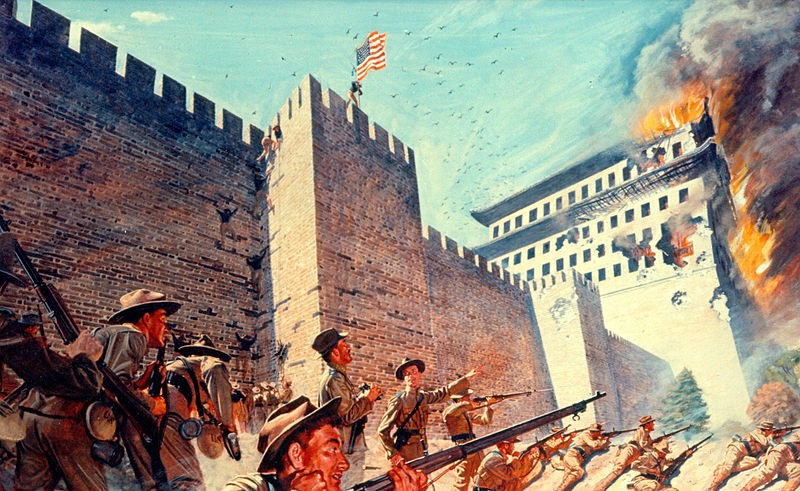
5. U.S. Intervention in the Dominican Republic (1916–1924)
In 1916, Dominican Secretary of War Desiderio Arias seized power. The U.S. Navy threatened a bombardment if he didn’t leave Santo Domingo. Three days later, marines landed, and after several battles, drove back rebel forces and stabilized the country, although more than 180 American servicemen were killed. The intervention also enabled U.S. sugar companies to acquire Dominican sugar plantations. Leaders of other Latin American countries saw what the sugar companies were doing and pressured the U.S. to withdraw its forces in 1924.
6. The Russian Civil War (1918–1920)
After the Bolsheviks seized power in Russia in 1917, they essentially surrendered to the German forces, who had captured significant portions of Russian land during the First World War. America, Great Britain, France, and Italy sent troops to the Russian ports of Murmansk, Archangel, and Vladivostock, to prevent Germany from seizing its munitions and armaments. In time, the Allied troops were drawn into the Russian civil war, supporting the pro-czarist forces againstthe communist armies. When the Bolsheviks emerged as the victors in 1920, the Allies withdrew from Russia. In this war that accomplished almost nothing, 400 Americans were killed.
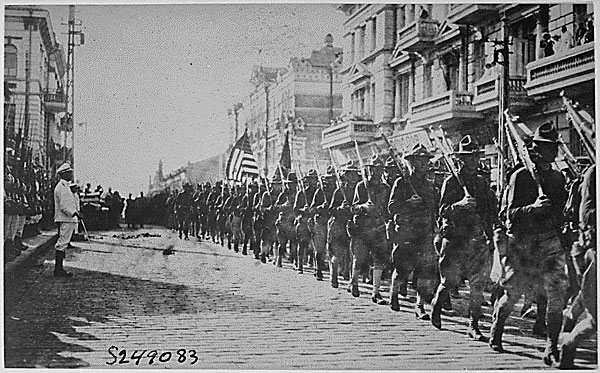
7. The Philippine-American War (1899-1902)
The Spanish-American War was concluded by the Treaty of Paris in 1898. It gave the U.S. ownership of Puerto Rico, Guam, and the Philippines and temporary control of Cuba. Filipinos had expected they’d have independence after the Spanish defeat, not be annexed to the U.S. In 1899, The First Philippine Republic declared war on America.
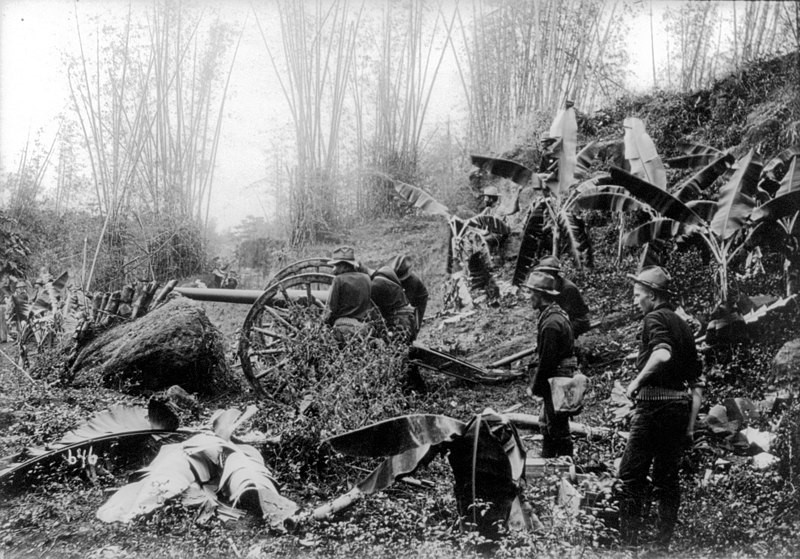
The fighting began with conventional warfare, but the Filipinos found they couldn’t maintain its cost in materiel and men. So they switched to a guerilla campaign. The fighting, which continued over the next three years, was notable for brutalities on both sides and high death rates from disease.
The U.S. began ceding control to the Filipinos in 1902 by authorizing the election of a general assembly. In 1916, the U.S. declared it would grant independence to the Philippines, which was fully accomplished after World War II. U.S. casualties amounted to between 4,000 and 6,000 dead and 2,800 wounded.
These and many other conflicts have passed into American history with little remembrance. And, it would seem, with little impact. But for the relatives and ancestors of those who fell in combat, those wars would become the most remembered events in their lives.
Become a Saturday Evening Post member and enjoy unlimited access. Subscribe now
